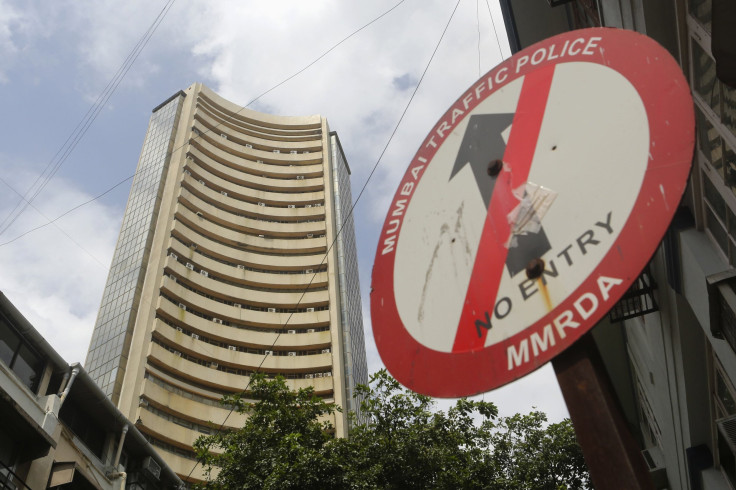Indian Mutual Funds' AUM Grew At Its Fastest Pace Since April, Aided By Strong Inflows And RBI Measures

Investments in Indian mutual funds grew at 12 percent -- its fastest monthly growth since April 2013 -- in October, to 8.34 trillion rupees ($133.4 billion), helped mainly by liquidity-easing measures undertaken by the Reserve Bank of India, or RBI, during the period, data released by the Association of Mutual Funds in India, or AMFI, showed.
Average assets under management, or AUM, in Indian mutual funds rose by 880 billion rupees over the previous month, driven by total net inflows to the tune of 663 billion rupees with money-market funds contributing the most to the growth, data showed.
The rise in AUM was led by heavy inflows into liquid funds, which rose by 55 percent to 1.89 trillion rupees in October, marking the highest inflow into any category of funds over the past six months. The growth in inflows were mainly due to enhanced liquidity in the financial system, and due to cyclical inflows historically witnessed in the month of October as banks and companies re-invest the surplus funds they withdrew to pay advance taxes in September, a report released on Tuesday by Crisil, the India arm of Standard & Poor's, said.
Investments in equity mutual funds registered significant gains in October, despite increased outflows as investors continued to redeem and exit after making gains. Average AUM rose 7 percent, or 110 billion rupees, to 1.73 trillion rupees in the month, mirroring the sharpest gains recorded in the country's stock markets during the month, the report said. Meanwhile, the segment also witnessed outflows of more than 35 billion rupees -- the highest for equity funds in the past 13 months -- during the period, the report said.
Aided by the RBI’s measures, and strong buying by foreign institutional investors, the equity market represented by the benchmark Nifty index rose about 10 percent in October, posting its sharpest gains since January 2012.
The RBI relaxed liquidity-tightening measures, which it had deployed since July to tame spiraling inflation and the Indian rupee's freefall against the dollar. The central bank, encouraged by a reduction in rupee volatility, cut the marginal standing facility rate -- a rate at which banks borrow from the RBI -- twice in October.
Assets of debt-oriented funds -- income and gilts (government securities) funds -- increased following mark-to-market gains as prices rose and yields fell following an increase in liquidity in the banking system.
Yield on the 10-year benchmark government bond fell to 8.62 percent on Oct. 31 from 8.77 percent at the end of September, while yield on a 1-year commercial paper ended at 9.78 percent on Oct. 31 compared with 10.50 percent on Sept. 30, according to the Crisil report. AUMs in funds invested only in sovereign debt (gilt funds) rose 1.5 percent in the month to 75 billion rupees.
On the other hand, average AUM of gold exchange-traded funds, or ETFs, continued to fall as investors withdrew their investments in these funds following continued volatility in gold prices. The AUM for the category declined 5 percent during October, while the underlying asset price, represented by the Crisil Gold Index, fell 2 percent during the month due to a subdued global trend, report said.
© Copyright IBTimes 2024. All rights reserved.












